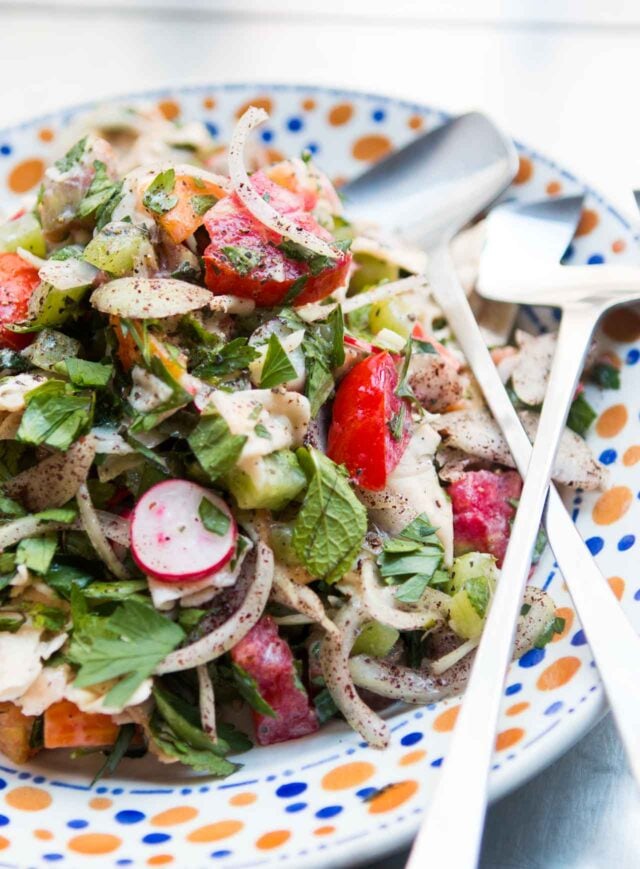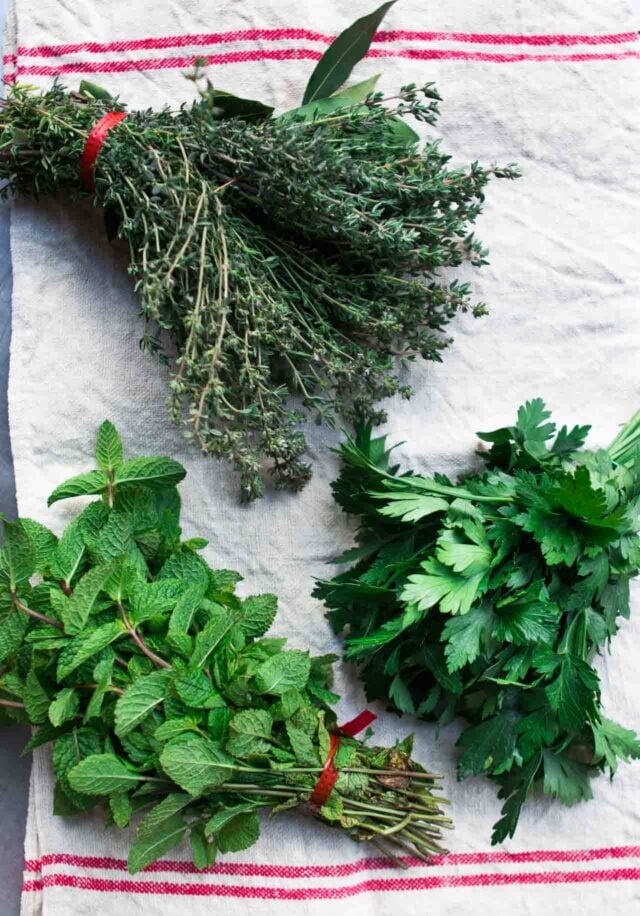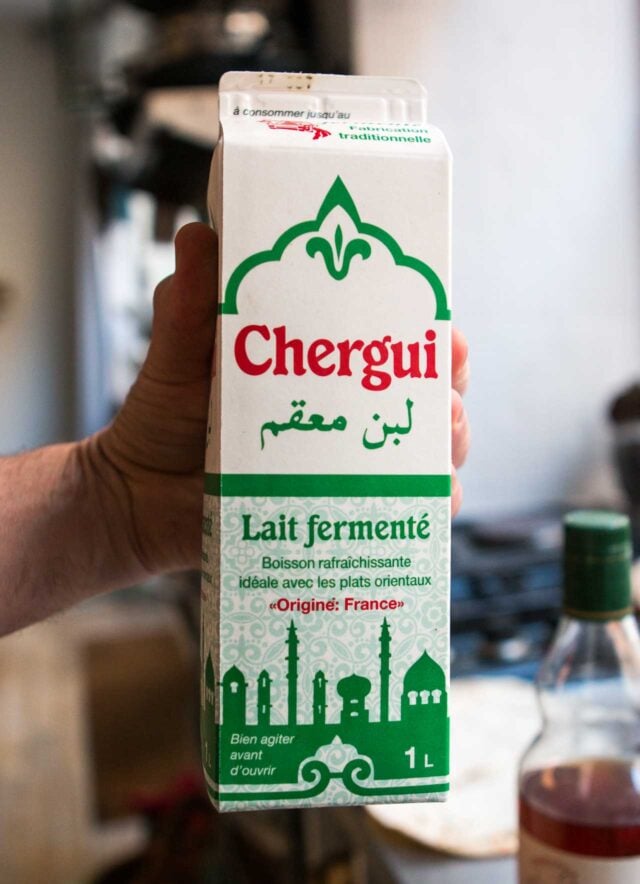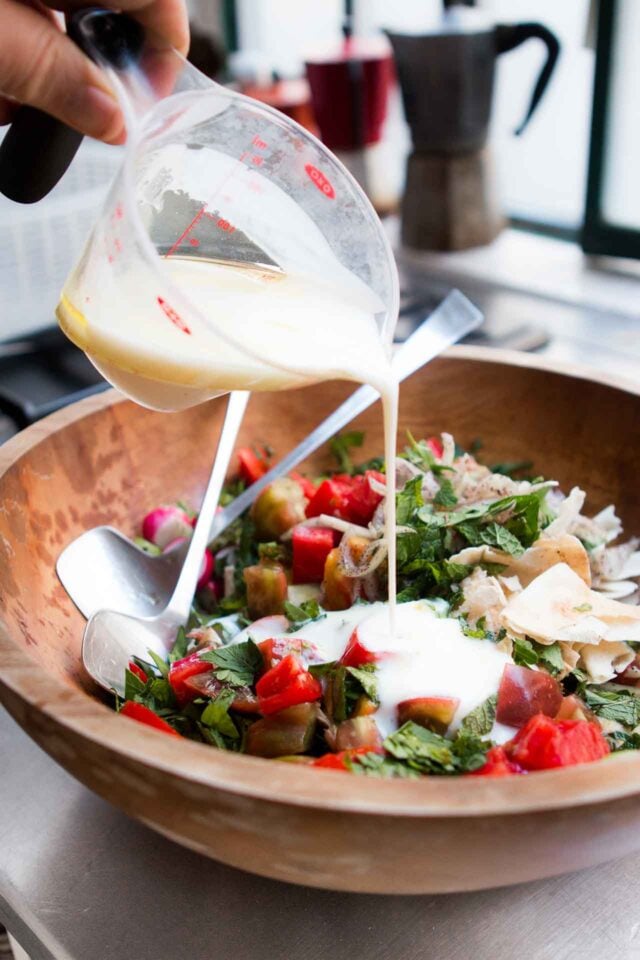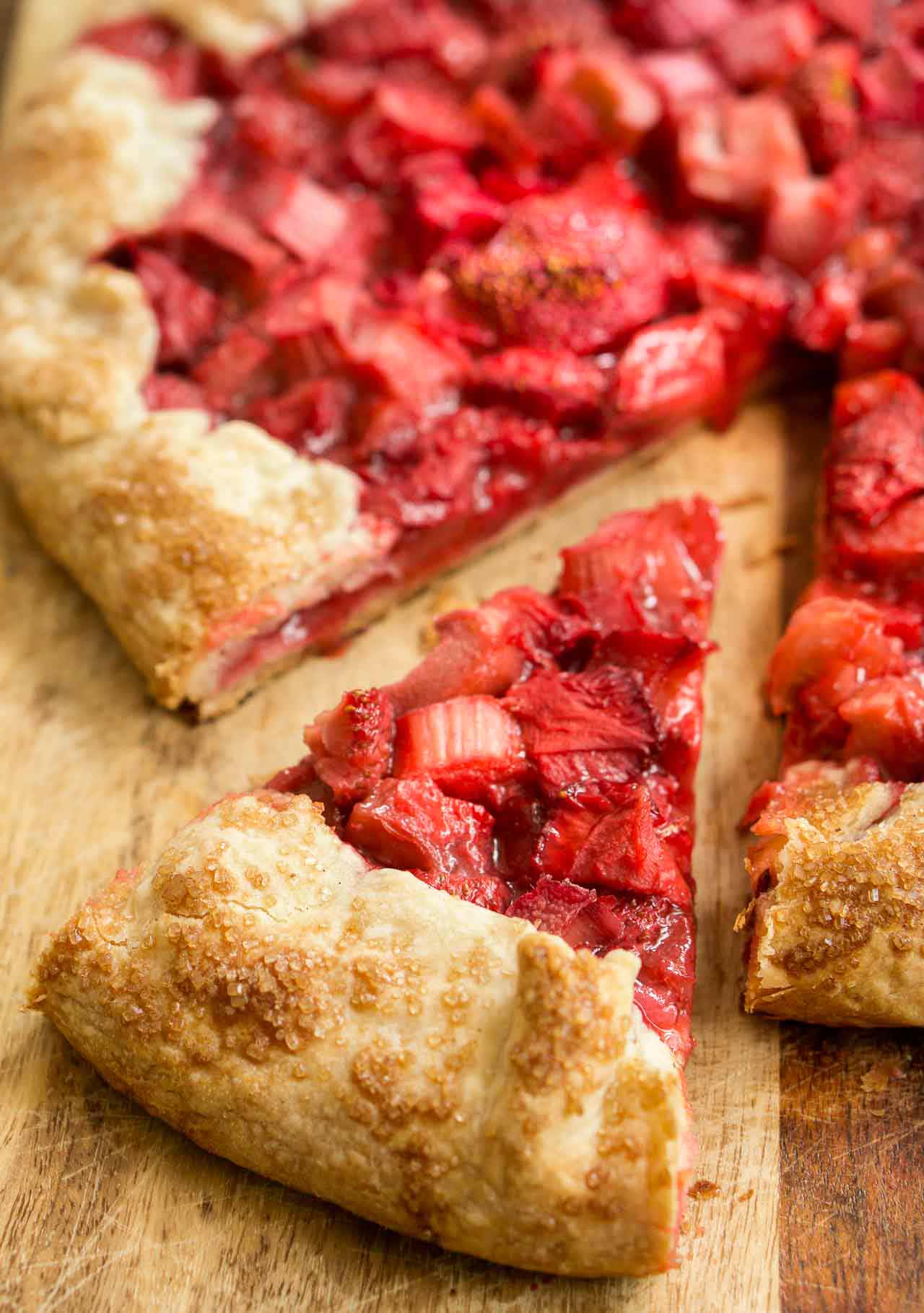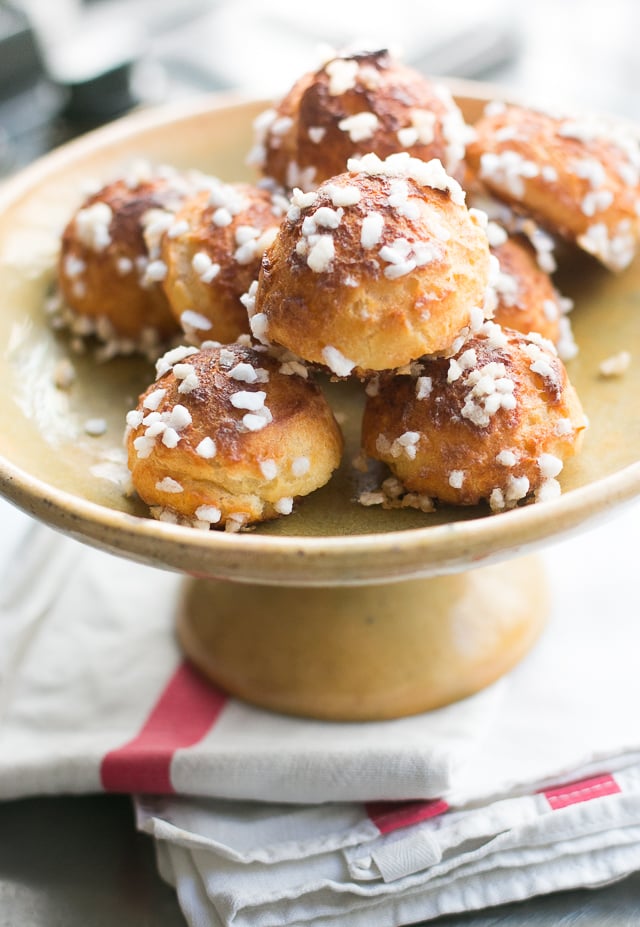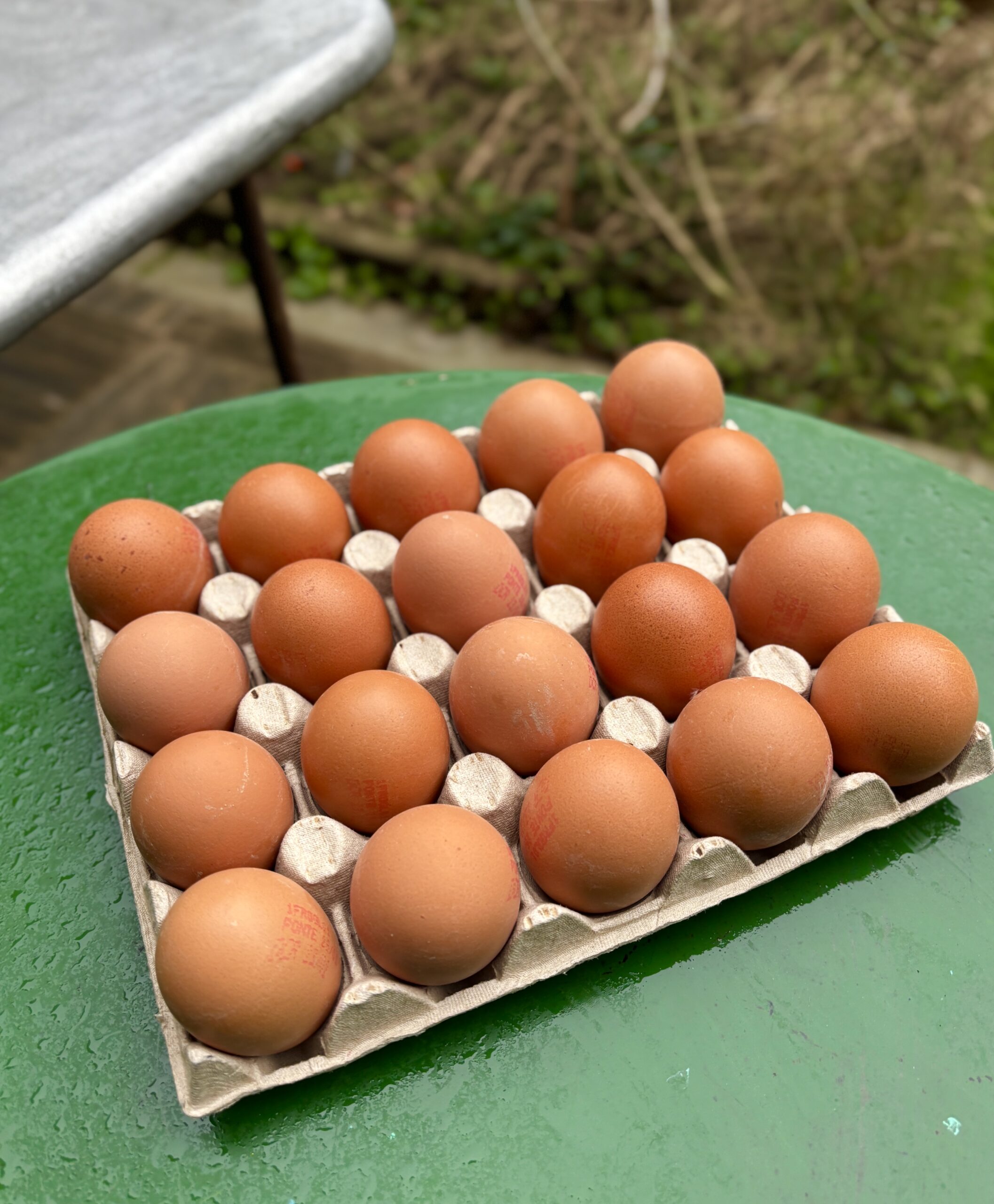Buttermilk Fattoush
One of my very favorite salads is Fattoush. There are various versions of the salad, whose name comes from fatta, which refers to the crumbled or torn pieces of flatbread in the salad. But I’ve never had Fattoush with buttermilk dressing, so was intrigued when I saw a recipe for it in Falastin: A Cookbook by Sami Tamimi and Tara Wigley, a book which eloquently presents and reflects on Palestinean cuisine, its history, its people, and its culture. As soon as I got the book, the first thing I said to myself was, “This is one of the best books of the year.” It’s a great book.
A few years back, Sami told me that he was going to do a cookbook that updated the dishes and recipes of his homeland, making them relevant to today, just as he and Yotam Ottolenghi did for the diaspora of Middle Eastern foods in their previous books. Sami admits that this is a non-traditional Fattoush, one that his mother made, but likes it so much that he wanted to share it.
This is the kind of salad that I really like. Loads of chopped vegetables, plenty of fresh herbs, and a sharp dressing accented with tart sumac-seasoned onions. As an American, when I read the words “Buttermilk Dressing” I think of a thick, spoonable salad sauce, using made with blue cheese and sour cream, or something similar to give it heft and richness. But here, the buttermilk adds a pleasant tang and doesn’t drench the salad, but livens things up. It gently bathes the ingredients, rather than overwhelming them.
People are surprised to know that buttermilk is available in most French grocery stores since Bretons (people from Brittany) drink lait ribot with crêpes and buckwheat galettes, which I like too. But lait fermenté is also available in shops that sell Middle Eastern foodstuffs, where you’ll often find me prowling the aisles, picking up things like pistachio nuts and sesame seeds, halloumi cheese, olives sold in bulk, flatbreads, and sumac.
The “stick to food” folks should know that the book touches on social or political issues. Falastin doesn’t shy away from discussing the conflicts and problems which are part of the bigger picture, which frames Palestinean culinary culture. (The glossary in the back of the book lists both the pantry ingredients, and the politics.) Like in his book Jerusalem, written with Yotam Ottolenghi, it’s hard not to mention that the complexity and struggles that come with the turf. But as Palestinean cookbook author Reem Kassis notes, Palestinian cuisine deserves to be known for something beyond the conflict, and just as her cookbook does, Falastin achieves that goal.
Like all of the foods of the Middle East (this salad is widely considered to have originated in Lebanon), wherever it’s made, Fattoush always starts with lots of fresh ingredients. Tomatoes, crisp radishes, onions, crunchy cucumbers, garlic, aromatic mint, and parsley are all tossed together with crispy bits of flatbread. Then, at the last minute, it’s doused with a lemony buttermilk dressing. The icing on the salad is the sumac onions; sliced raw onions are marinated with the astringent, puckery seasoning made from dried berries. It’s an unmistakable flavor and worth searching out. You can find it in Middle Eastern shops or online. (The Ottlenghi shop sells it, as does Kalustyans, Penzeys, and La Boîte in the U.S.) Wherever you get it, try to find sumac that’s fresh and aromatic, not stale. You’ll notice the difference.
I’ve got my eye on several recipes in this book, which truly exceeded my expectations, but wanted to get this salad on the table while fresh tomatoes were still in season. If you can’t find good-tasting slicing tomatoes, cherry tomatoes will fill in for the standard tomatoes just fine. Bookmarked recipes in Falastin include Sticky Date and Halvah Puddings with Tahini Caramel and Sweet Tahini Rolls, in the baking chapter.
Roast Squash and Zucchini with Whipped Feta and Pistachios, Shatta (fresh chile sauce), Shush barak (meat dumplings with yogurt sauce), and especially the Chicken musakhan, golden-brown chicken roasted with cumin, sumac, and allspice, are on the savory side, and are bookmarked as well. Congratulations to Sami and Tara for being our hosts and guide, as they call themselves, respectively, for creating a collection of stories and recipes that focus a sharper lens on Palestinean cuisine.
Buttermilk Fattoush
For the sumac onions
- 1 medium onion, peeled, halved, and thinly sliced
- 1 tablespoon olive oil, plus a bit more if necessary
- 1 1/2 teaspoons sumac
- 1/2 teaspoon kosher or sea salt
For the salad
- 3 small Persian cucumbers, peeled and diced in 1/2-inch (1.5cm) pieces
- 1/4 teaspoon kosher or sea salt for the cucumbers, plus 1 1/4 teaspoons for seasoning the salad
- 3 large tomatoes, diced in 1/2-inch (1.5cm) pieces
- 12 radishes, sliced
- 1 cup (20g) packed fresh mint leaves, coarsely chopped
- 1 cup (20g) packed flat leaf parsley, coarsely chopped
- 2 tablespoons fresh thyme leaves, finely chopped
- 2 large toasted or stale flatbreads, such as pita (see headnote), crumbled
- 1 1/4 cups (300ml) buttermilk
- 1/4 cup (60ml) extra-virgin olive oil, plus more for serving
- 3 tablespoons freshly-squeezed lemon juice
- 2 cloves garlic, peeled and minced
- 2 tablespoons cider or white wine vinegar
- 1 1/2 teaspoons sumac, plus 1/2 teaspoon for serving
- freshly-ground black pepper
- To make the sumac onions, in a small bowl mix the onions with 1 tablespoon olive oil, 1 1/2 teaspoons sumac, and salt. If the onions seem a little dry, add a touch more olive oil until they are glistening. Set aside.
- Put the diced cucumbers in a strainer or colander, sprinkle with 1/4 teaspoon salt and let stand over a bowl for about 10 to 15 minutes, to drain away some of the liquid. (Don't let them sit too long, though, as you don't want them to get soggy.)
- Put the tomatoes, radishes, mint, parsley, thyme, and crumbled flatbread in a large bowl. Blot the drained cucumbers with a paper or kitchen towel, then add them along with the buttermilk, 1/4 cup olive oil, lemon juice, garlic, vinegar, 1 1/4 teaspoons salt, 1 1/2 teaspoons sumac, half the sumac onions, and several good grinds of black pepper.
- Mix everything together then transfer to a serving platter. Strew the remaining sumac onions over the salad, drizzle with a little extra olive oil, and sprinkle with the remaining 1/2 teaspoon of sumac. Serve immediately.
